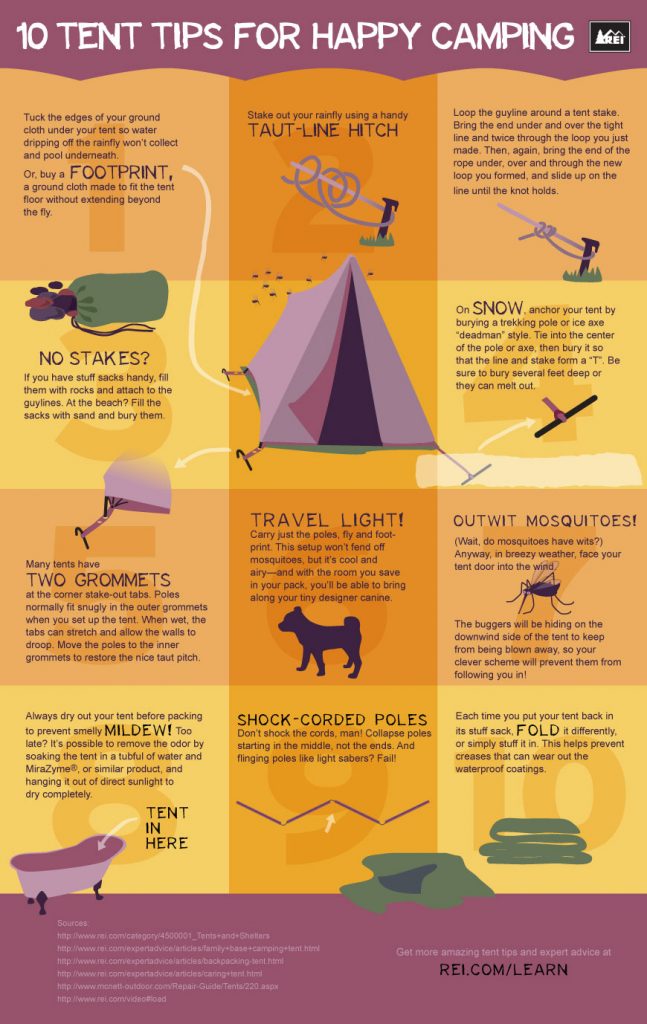Several backpackers pick inner framework packs for their sleek and form-fitting design. Their shape assists maintain the weight closer to your body, improving stability on rough routes or off-trail clambering.
They likewise do not reveal as much of the pack to the setting-- a plus if you intend on bushwhacking and require to avoid sharp branches that can snag gear.
Weight Distribution
While internal frame packs are much more prominent than outside framework backpacks for a lot of walkers, outside structures continue to be a staple for lengthy explorations and hefty lots. They are made to disperse the weight of your equipment throughout your shoulders, back, and hips for optimum convenience.
They have huge voids between the pack bag and the frame for ventilation which enables air to move over your back while hiking. They benefit heat walks and for walkers that wish to minimize sweating versus their backs.
On the drawback, externals have a tendency to rest farther away from your torso so you'll have to lean ahead a lot more while hiking, which can be difficult on your spinal column and knees over extended journeys. The subjected frame also means that your backpack might obtain caught on rocks, roots, or various other barriers as you rush along routes or duck under blow downs on coastal cliffs. They also have a tendency to be more costly than inner framework packs.
Ventilation
Outside structure knapsacks rest farther away from your torso, which boosts air flow and decreases sweat factor on your back. Interior frameworks, nonetheless, hug your body, which can lead to inadequate air flow and a boosted danger of heat stroke on warm days.
It's also crucial to take into consideration whether your style criteria is based on un-adapted individuals (initial entering the space), or adjusted ones (people that have actually been in the space for time). The air flow prices may be various in between these 2 situations.
Additionally, external structure loads transfer tons to your hips, which allows you to adopt an upright strolling position and are perfect for route strolling. They are not, however, helpful for rushing due to their top-heavy layouts.
Adjustability
While it may seem as though inner framework packs have won the day in regards to pack choice and development, externals do provide some benefits. A huge draw is the ability to strap equipment straight to the pack framework, offering versatility for varying the dimension of the lots and enhancing ease of access. Many exterior structure packs likewise include a multitude of smaller external pockets to aid arrange equipment, with accessibility to the primary compartment typically coming through the top of the packbag.
This allows the user to better regulate their lots weight, minimizing stress and anxiety on the shoulders and neck. They additionally enable the individual to keep the pack closer to the body, which boosts security on tough tracks and when scrambling off route.
Convenience
For those that have a narrower torso or hip size, the exterior framework style may really feel a lot more snug than internal designs. This close fit lowers the amount of room for gear and can make it tough to safeguard items safely without affecting access to the bag components.
Fortunately, this tighter fit is less of a concern in contemporary interior frame loads thanks to the many adjustable suspension systems readily available. And also, the space between the structure and packbag enables air to circulate, reducing sweating.
This additionally makes the interior frame perfect for technological hikes that call for security and dexterity when navigating rugged routes and off-trail rushing. While the selection of exterior structure backpacks has been lowering for many years, they are still the best option for several exterior fanatics due to their longevity and capacity. Nonetheless, for those that want the most comfortable hiking canvas tote experience we advise going with an internal frame version that is sized correctly to your upper body and hips.
